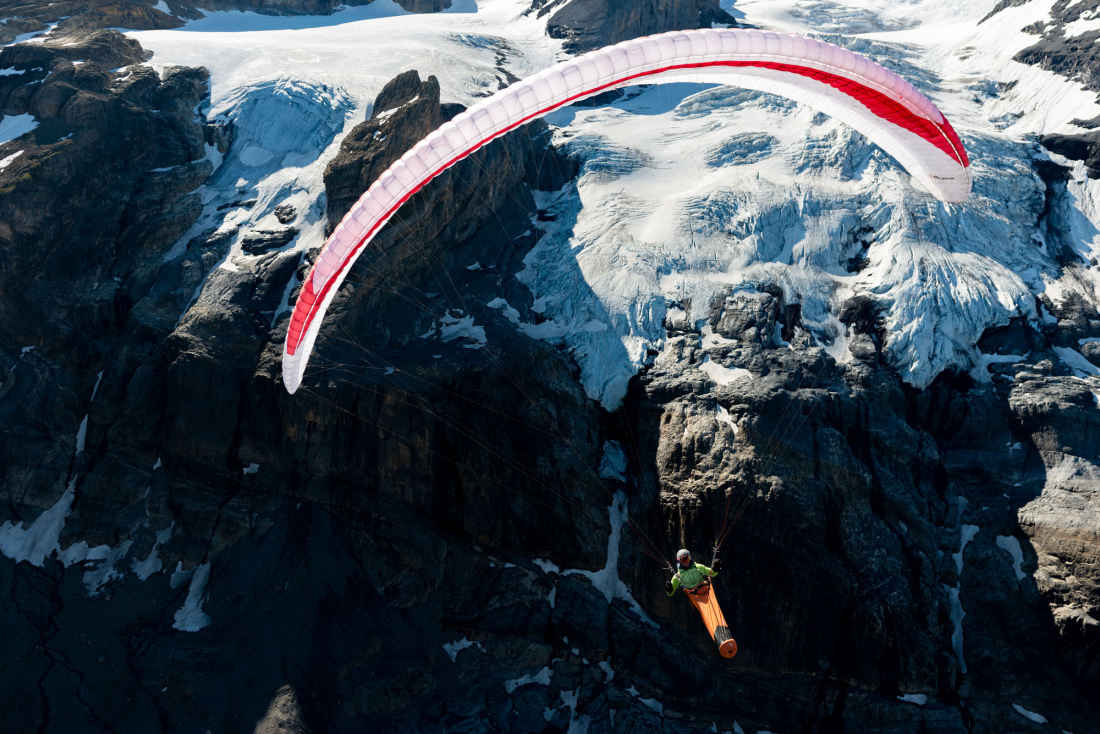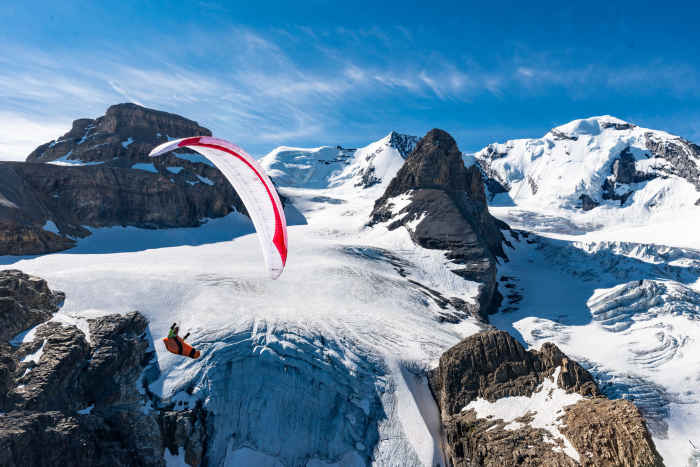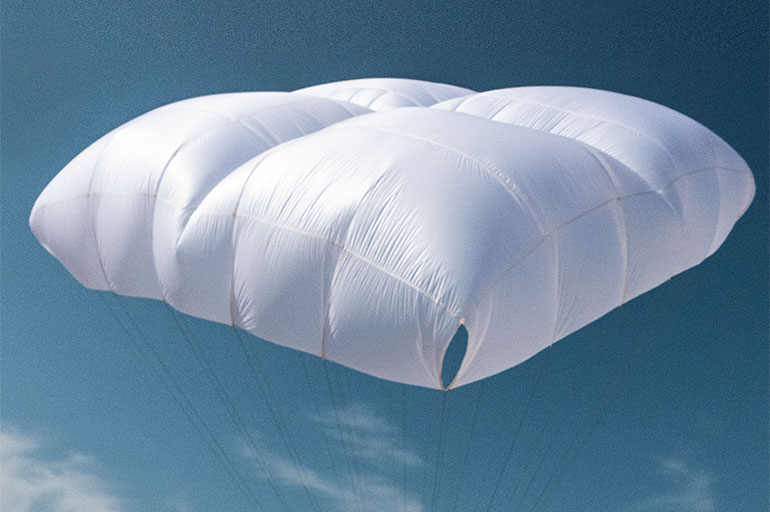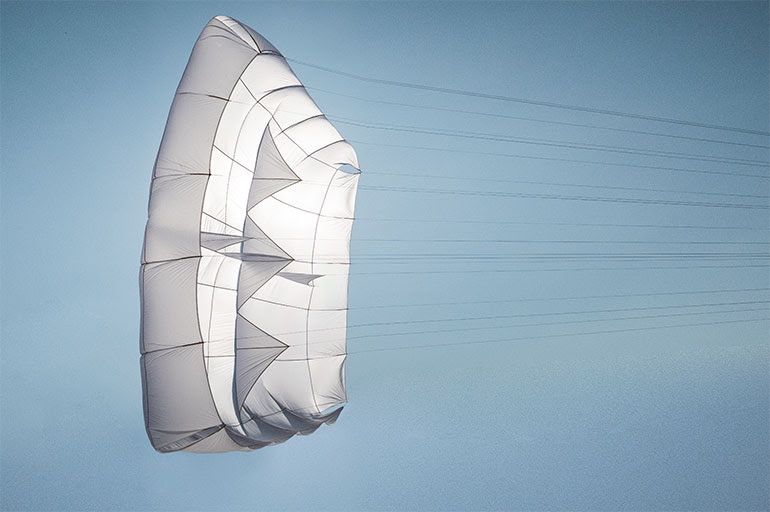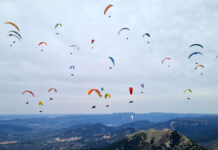Let’s start with the Puma. The glider is the lightweight version of the Leopard, for pilots who compete in both classic XC and hike&fly races, or who simply want the maximum performance in a lightweight wing, a top of the line 2-liner in the EN D category with best in class top speed, light and compact, ideal for hike and fly races, explains the manufacturer in their homepage.
This light wing has retained the high-performance DNA of 86 cells and 7.12 points flat aspect ratio of the proven Leopard and it is in whole 1 kg lighter, 3.8Kg for the XS (70-88Kg) and 4.1Kg for the S (85-102kg).
The design goal of the Puma was to reduce the weight of the Leopard whilst sacrificing nothing whatsoever in performance thanks to the optimization of the internal structure and materials used. The stall point is readily identifiable, and apart from the obvious safety benefit it is also useful for tricky landings in challenging terrain, affirms Gin.
Test pilot Idris Birch explains the development:
“Pilots were asking us for a lightweight Leopard that could be used in hike&fly competitions like the X-Alps and X-Pyr – thus the Puma was born…
We managed to keep all the performance but the take-off is noticeably lighter… besides the Alps and Pyrenees, we battle-tested the Puma in Valle de Bravo [Mexico].
The Puma is not the lightest wing in its category as we decided not to compromise the performance. Instead, we optimized the weight by the careful analysis of the internal structure and material choices. If you prefer to win hike and fly races from the air, or use one wing for both XC and hike&fly, the Puma could be the wing for you”.
In terms of construction the Puma counts with second-generation Equalized Pressure Technology (EPT), a clean profile of 86 cells, 2 line risers with B-control, 8 mix of 3 and 4-cell blocks, cross beams for high stability and reduced weight, Unsheathed aramid lines, and Mini-ribs on the trailing edge. It is delivered with light Dyneema risers or regular weight risers available as an optional. The glider comes in one color: White.
More info:
https://www.gingliders.com/en/paragliders/puma/
Yeti UL rescue
On the other hand, Gin’s new planar rescue, the Yeti UL is also a new lightweight development of the firm. The Yeti UL weighs 0.87-0.99-1.17kg for sizes S, M, and L respectively. Designed with anti-billow rib technology for maximum safety performance in the smallest ever package, claims the brand. The lines of the Yeti are attached to triangular ribs in a cross shape that results in an almost flat upper surface. As a consequence, the projected area is increased by 30% for excellent sink rates and a reduced packing volume. The Yeti UL is the first iteration of this new technology, introduced by Gin as their lightest and most compact rescue ever, ideal as a second rescue or for hike&fly.
Learn more:
https://www.gingliders.com/en/rescues/yeti-ul/


